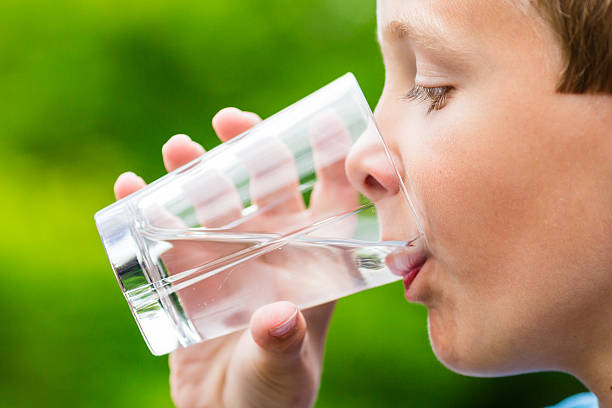Pentachlorobenzene

Pentachlorobenzene can be produced as a byproduct of the manufacture of carbon tetrachloride and benzene. Safe Home offers a few kits that provide drinking water testing for Pentachlorobenzene in city and well water supplies.
Parameter Type: Drinking Water Testing for Volatiles
Parameter Name: Pentachlorobenzene
What it is and Where it Comes From:
Pentachlorobenzene (PeCB) is a chemical compound with the molecular formula C6HCl5 which is a chlorinated aromatic hydrocarbon. It consists of a benzene ring substituted with five chlorine atoms. PeCB was once used industrially for a variety of uses, but because of environmental concerns there are currently no large-scale uses of PeCB. PeCB can be produced as a byproduct of the manufacture of carbon tetrachloride and benzene. It is extracted by distillation and crystallization. The direct production of pure PeCB is not practical because of the simultaneous production of other chlorinated compounds. Drinking water testing gives you several benefits like peace of mind, identifying contaminants in your water, and insight into health concerns. Safe Home offers Laboratory drinking water testing kits for Pentachlorobenzene, allowing you to collect your water sample and ship it directly to our EPA-Certified Laboratory. This platform of drinking water testing for Pentachlorobenzene will give you an accurate level based on the lowest level of a parameter our instruments can detect (Method Detection Level). Safe Home drinking water testing for volatiles can be used for city and well water supplies. Drinking water testing should be done any time you notice a significant change in your water quality.
Health Effects:
Short-term exposure to pentachlorobenzene can affect the central nervous system. Long-term exposure can affect the liver and kidneys and can cause tissue lesions. Animal studies and tests show that pentachlorobenzene can possibly cause toxic effects on human reproduction.
Solutions to Contaminant Levels:
After drinking water testing, what are my treatment options? A filter with granular activated carbon (GAC) is a proven option to remove certain chemicals, particularly organic chemicals, from water. GAC filters also can be used to remove chemicals that give objectionable odors or tastes to water such as hydrogen sulfide (rotten eggs odor) or chlorine. Reverse osmosis is a process that removes foreign contaminants, solid substances, large molecules, and minerals from water by using pressure to push it through specialized membranes. Here’s how reverse osmosis works. Unlike osmosis, which is a passive process, reverse osmosis requires external force (pressure) to work. Pressure is applied to a highly concentrated solute solution, such as salt water, to pass through a membrane to a lower concentrate solution. The membrane allows water to flow through but blocks out larger molecules, like contaminants. The reverse osmosis process leaves higher concentrations of solute on one side and only the solvent, or freshwater, on the other. Who do I need to contact to find out more information about water quality in my area? Every community water supplier must provide an annual report to its customers, known as a Consumer Confidence Report (CCR). The report provides information on your local drinking water quality, including the water’s source, contaminants found in the water, and how consumers can get involved in protecting drinking water. How often does the local public water system preform drinking water testing? Frequency of drinking water testing depends on the number of people served, the type of water source, and types of contaminants. Certain contaminants are tested more frequently than others, as established by the Safe Drinking Water Act. You can find out about levels of regulated contaminants in your treated water for the previous calendar year in your annual Consumer Confidence Report (CCR).


